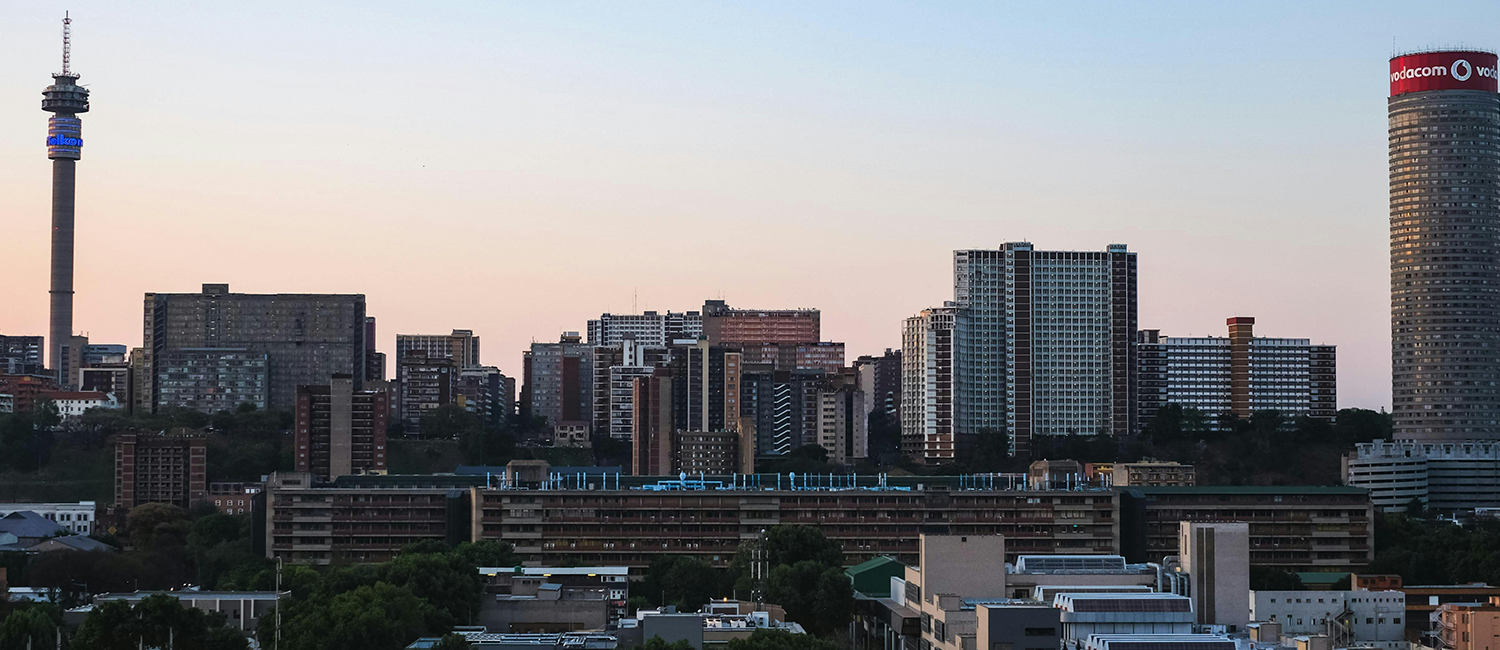DOTTED around Joburg inner city are several poignant artworks that pay tribute to the city’s heroes in the fight for freedom and democracy.
Ready for action: the Shadow Boxer in Fox StreetReady for action: the Shadow Boxer in Fox StreetOn the pavement of Fox Street, just outside the Johannesburg Magistrates’ Court building stands an imposing Nelson Rolihlahla Mandela, standing is a loose-limbed sparring stance – ready for any action.
This is just one of many pieces of art in the Central Business District (CBD) that reflects on the tumultuous history of the city, and indeed the country.
Much of the artworks have been created under the guiding hand of the Johannesburg Development Agency; the city has taken enormous strides to invest in public art in terms of the number of new work erected.
The 6m tall statue of Mandela was inspired by Bob Gosani’s legendary 1950s photograph of him sparring with boxer Jerry Moloi on a Johannesburg rooftop.
Created by artist Marco Cianfanelli, the unique work, aptly named the Shadow Boxer, stands opposite Chancellor House, from where Oliver Tambo and Mandela ran a law practice in the 1950s.
At the base of the sculpture are the words: “A homage to justice, equality and freedom hard won.”
WALTER AND ALBERTINA SISULU
Also in downtown Joburg is the Walter and Albertina Sisulu statue, depicting the couple’s loving relationship. The parents of the nation sit contentedly in the central business district (CBD), at the intersection of Diagonal, Ntemi Piliso and Market streets with an air of quiet happiness, smiling gently at each another.
Erected by the JDA, the artwork was created by Marina Walsh.
The figures, 2.2m tall, are cast in grey concrete, with MaSisulu’s dress and Walter’s jacket painted a gentle blue. Around the concrete base are the words: “Walter and Albertina Sisulu married in 1944. Through their enduring love and dedication they became parents to the nation.” Four storyboards explain their life together, as well as a bit of Johannesburg’s history.
The sculpture, weighing 2.7 tons, captures the love the couple had for each other in the affectionate way they face each other, in the way they focus on each other, and in the linking of their hands. Although they look at one another, they are also aware of the world around them.
FIETAS’S MURAL
Memories of a vibrant FietasMemories of a vibrant Fietas
In this mural, homage is paid to the many unsung heroes who, in their own way, tackled the injustices of apartheid.
In Fietas, the popular name given to the suburb of Pageview by people who were forcibly removed during apartheid between 1969 and 1979 under the Group Areas Act, there now stands a striking subway mural on De la Rey Street in Fordsburg. Under the Act, residents were relocated to Eldorado Park, Lenasia, Riverlea, Kliptown and Noordgesig, leaving Fietas derelict.
The mural was unveiled in early 2011 and people, buildings, pigeons and wallpaper designs make up the mosaic of images that poignantly reflect life in Fietas.
The artwork stretches under two railway bridges, running for 126m on each side of the road. The art is a mix of flat steel images bolted on to the walls, smooth concrete pictures laid on to the walls, and others painted on the brickwork.
Taking two years to complete the final artwork covers 1 538m2, and includes 17 paint colours.
The mural was a collaborative effort, commissioned by the JDA, and overseen by commissioning agent The Trinity Session, 26’10 South Architects, The Fietas Festival and Whack Design. Bie Venter of Bié CC was the project co-ordinator. The artists were Rookeya Gardee, Bronwyn Lace and Reg Pakari.
The artwork is a combination of silhouetted images and artistic drawings showing a dancing couple, a donkey cart, St Anthony’s Catholic Church, the Avalon Cinema, 14th Street, a mosque minaret, the Oriental Plaza peacock, a child on a swing, a boy kicking a soccer ball, a tram running through the subway, and a policeman checking someone’s pass, among other depictions.
All scenes were taken from original photographs – mostly provided by shopkeeper, Yusuf Garda – of the area and its people.
GANDHI’S STATUE
Johannesburg was where world leader Mahatma Gandhi refined his Satyagraha philosophy of nonviolent resistance to oppression.
The African National Congress (ANC) founders adopted Satyagraha in 1912, sparking the first mass anti-apartheid programme, the Defiance Campaign of 1952, which adhered to the passive resistance principles Ghandi practised.
In memory of Gandhi the City erected an elegant 2.5m bronze statue of him in Gandhi Square in 2003. The statue depicts Gandhi as a young lawyer in his gown, over a suit, clutching a book to his chest, looking determinedly forward, with the breeze blowing his cloak to one side. The statue sits atop a 5m plinth

